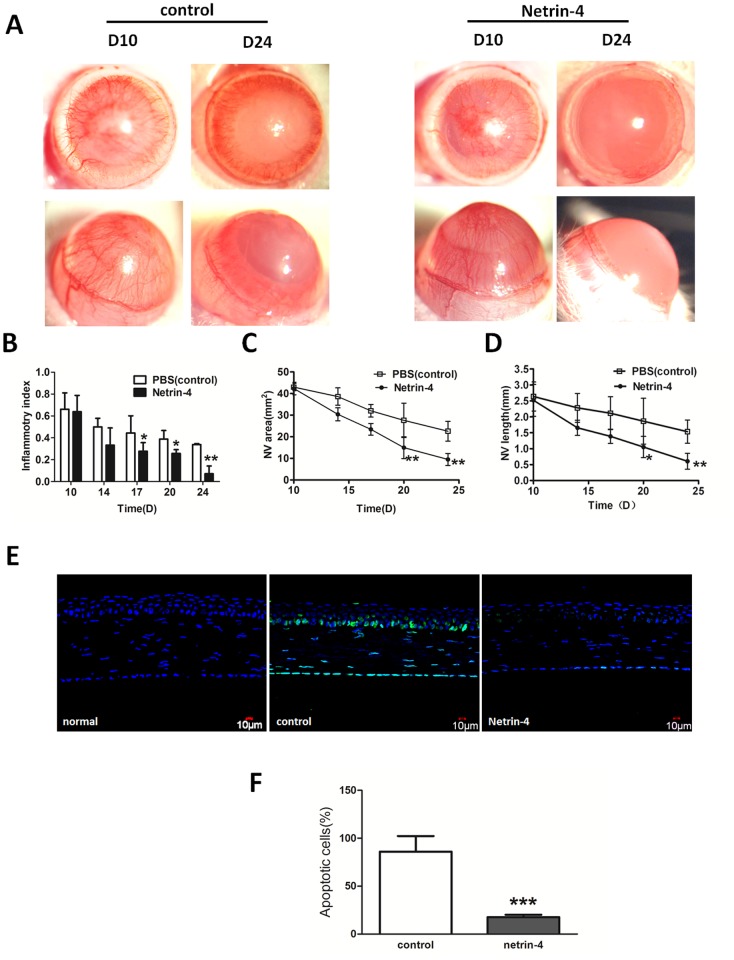Fig 6. Netrin-4 promotes the regression of corneal neovascularization and inhibit apoptosis after alkali burns.
(A) Ten days after the injury, dense neovascularization reached the central cornea. In this experiment, netrin-4 treatment began on day 10. By day 24, the new blood vessels regressed from the central cornea to the peripheral cornea in the control group. In contrast, almost all the new blood vessels had regressed to the limbal area in the netrin-4 treatment group by day 24. (B) The inflammatory index continuously decreased from day 10 to day 24 in both groups, while the index was significantly lower in the netrin-4 treatment group on days 17, 20, and 24 (* p < 0.05). (C) The NV area gradually reduced from day 10 to day 24 in both groups. There was a dramatic decrease of NV area in the netrin-4 treatment group on day 20 and day 24, and there was a significant difference between the two groups (* p < 0.05 and ** p < 0.01). (D) The average NV length was continuously reduced from day 10 to day 24 in both groups, and the length was shorter in the netrin-4 treatment group on days 17, 20, and 24 than in the other group (* p < 0.05 and ** p < 0.01). (E) Netrin-4 reduced alkali burn-induced apoptosis of corneal cells. (F) A statistical analysis of the apoptotic cells on day 7 between the two groups showed significant difference (*** p < 0.001).

